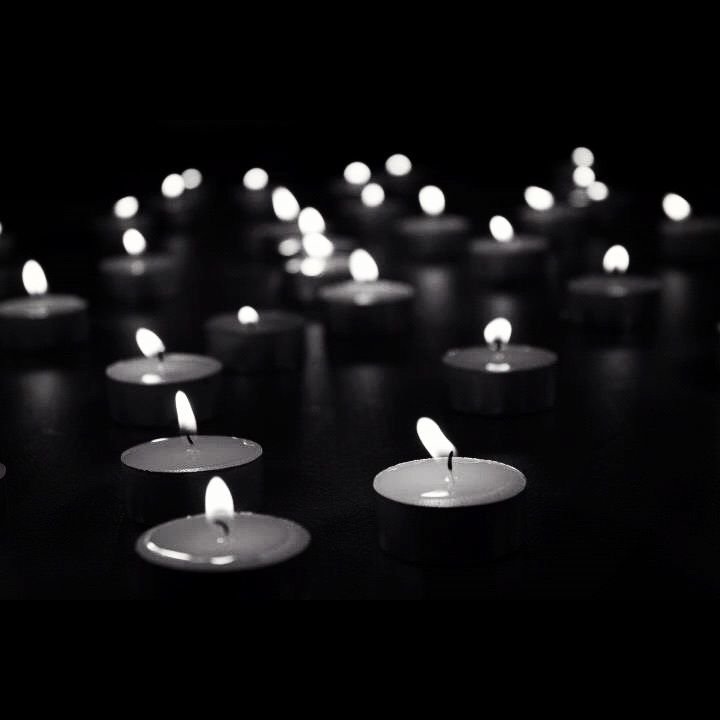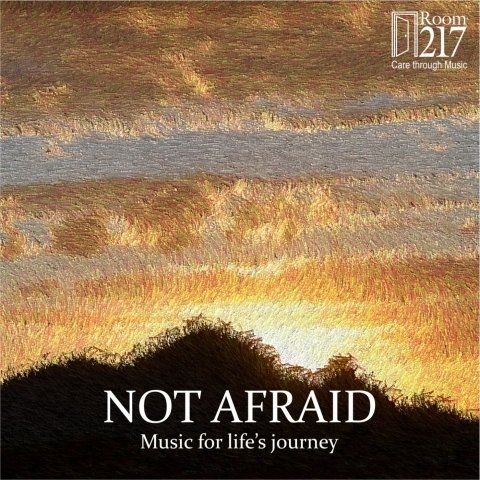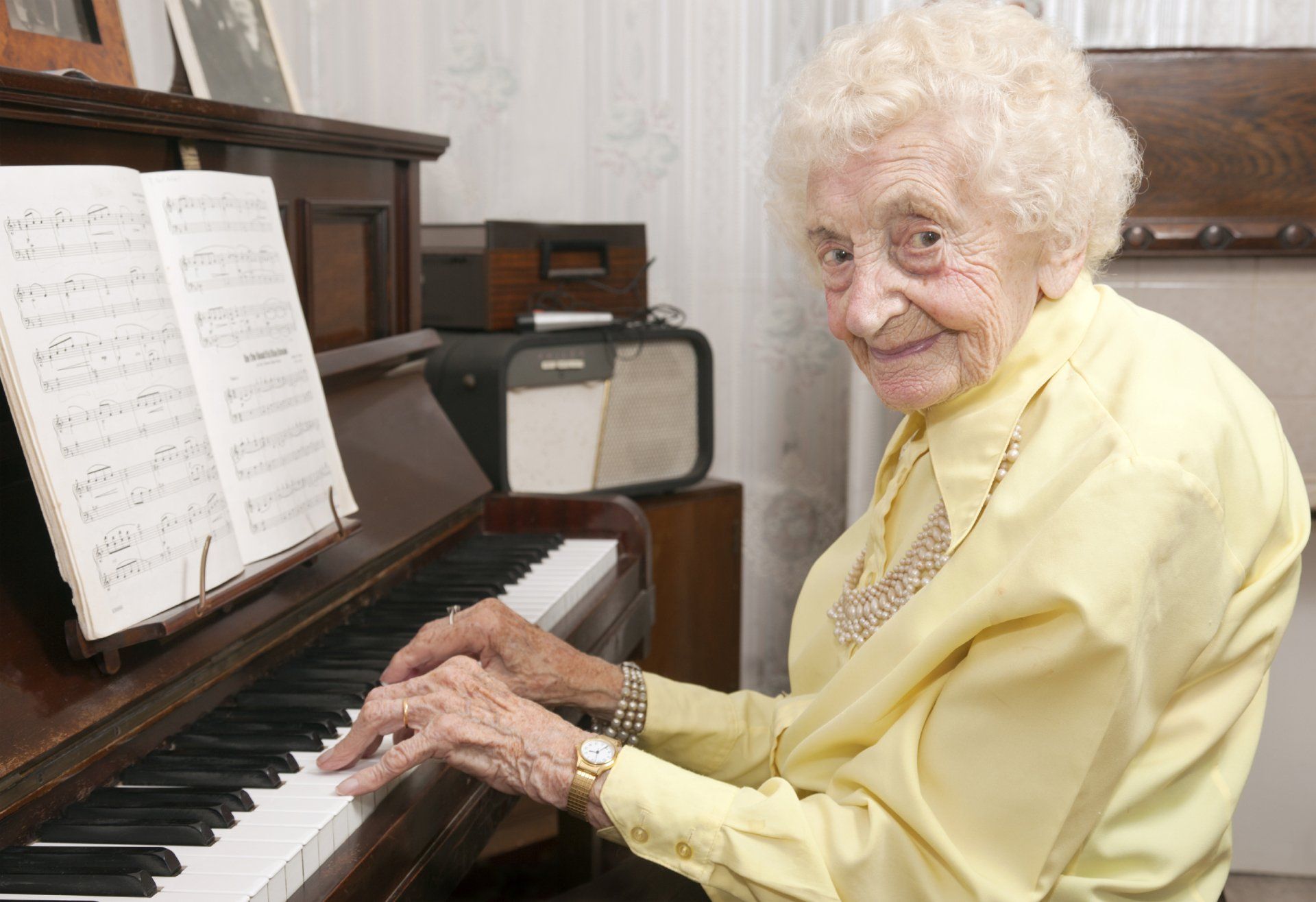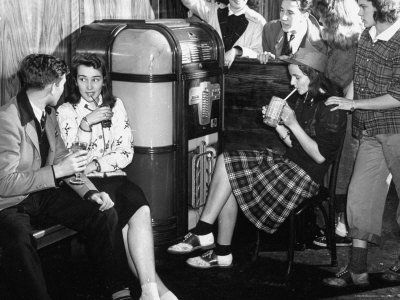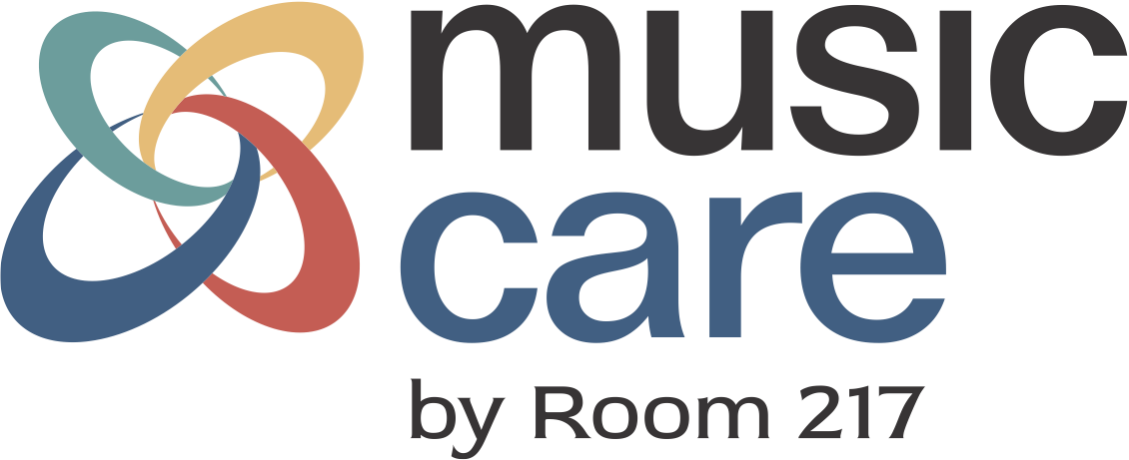Dimensions of Music Care Part 1: Sound Environments
 This is the first article in a ten-part series that focuses on each of the ten dimensions of music care, a framework for understanding music care delivery more deeply. Music care can be delivered in many broad and diverse ways. This framework offers a tool for locating these different methods of delivery, and for generating new ideas for how best to optimize music in every care community.
This is the first article in a ten-part series that focuses on each of the ten dimensions of music care, a framework for understanding music care delivery more deeply. Music care can be delivered in many broad and diverse ways. This framework offers a tool for locating these different methods of delivery, and for generating new ideas for how best to optimize music in every care community.
When it comes to creating supportive, health-promoting environments, sound is one of the most impactful, and easiest-to-ignore factors. “Sound environment” is one of the ten dimensions of music care, and an entire module in the Music Care Training is dedicated to sound environment awareness.
For people working in the medical system, many of our care environments are chock-full of unnecessary noise: aggressive-sounding call bells, non-urgent alarm bells, beeping machines, loud conversations of staff, televisions, cleaning machines, top-40 radio, not to mention the human sounds of pain, suffering, and fear. These sound environments are exhausting. They wear on the nervous system. But we don’t take long to adapt to the stress they produce.
We got to hear from an expert on this subject at this fall’s Music Care Conference in Toronto. Dr. Susan Mazer is a pioneer in creating positive sound environments in hospitals. A harpist by training, her company Healing Healthcare Systems provides evidence-based audio products and services for improving sound environments. The most notable product, the “C.A.R.E. Channel,” is an audio program designed to work ambiently within hospital rooms to address and transform harmful noise. Plenty of free information on how to improve sound environments is available on the Healing Healthcare website. Dr. Mazer offers step-by-step tips on addressing sound issues in health care settings and making lasting change.
Reflecting on our sound environments can be an empowering and manageable way to drastically alter our wellbeing through music care. Jennifer Buchanan from JB Music Therapy discusses this, through encouraging her clients and readers to create a discerning “ auditory diet.” She offers these wise considerations about noise: “diets aren’t always about giving something up, they are about adding something in.”
Creating the optimal sound environment doesn’t have to be about creating silence (ie. an “elimination diet). In fact, Dr. Mazer shows evidence of how silence can increase feelings of isolation.
The science and psychology of sound environments is deep, though I offer up a few simple considerations if you want to change your sound environment in a hospital:
- Create a protocol around background radio. If radio is playing in a nursing station or waiting room, create a rationale for why. Develop an agreement about what stations are played, and when, and how loud. In developing this rationale, you may find that everyone fares better with no radio, or with some more ambient, intentional background music.
- Consider replacing televisions with therapeutically-informed visuals and sound. Room 217’s music resources are all designed to slow heartrate and provide a comforting environment in a clinical setting. The Recollections DVD series offers therapeutically-informed music combined with pleasing visuals. These can be used at bedside or in more public spaces. Find music and visuals that actually work to create a caring space, rather than enhance distraction and anxiety.
- Observe how you personally respond to different sound environments. Do you concentrate best in silence or with music, and what kind of music? Do you like background conversation for getting work done or do you find that distracting? Do you notice the impact of some sound environments on your breathing, stress level, and overall feeling of wellbeing? Do you notice you prefer different sound environments at different times of day?
Oftentimes in my role as a hospital-based music therapist, patients in a noisy room will be doubtful that a music therapy session could possibly be beneficial in such a loud environment. Once we get going, the music we create ends up focusing our ears away from the harmful noise and softens the overall sound environment. Sound environments are powerful, and yet we don’t always notice them until they change. Even the smallest changes to sound environments can have the biggest impact. We can all experiment with this, and we can all benefit from deepening our awareness of the sounds around us.
Susan Mazer will be the featured speaker of the Music Care Webinar on January 11 th , 2017. Click here to register for free.

